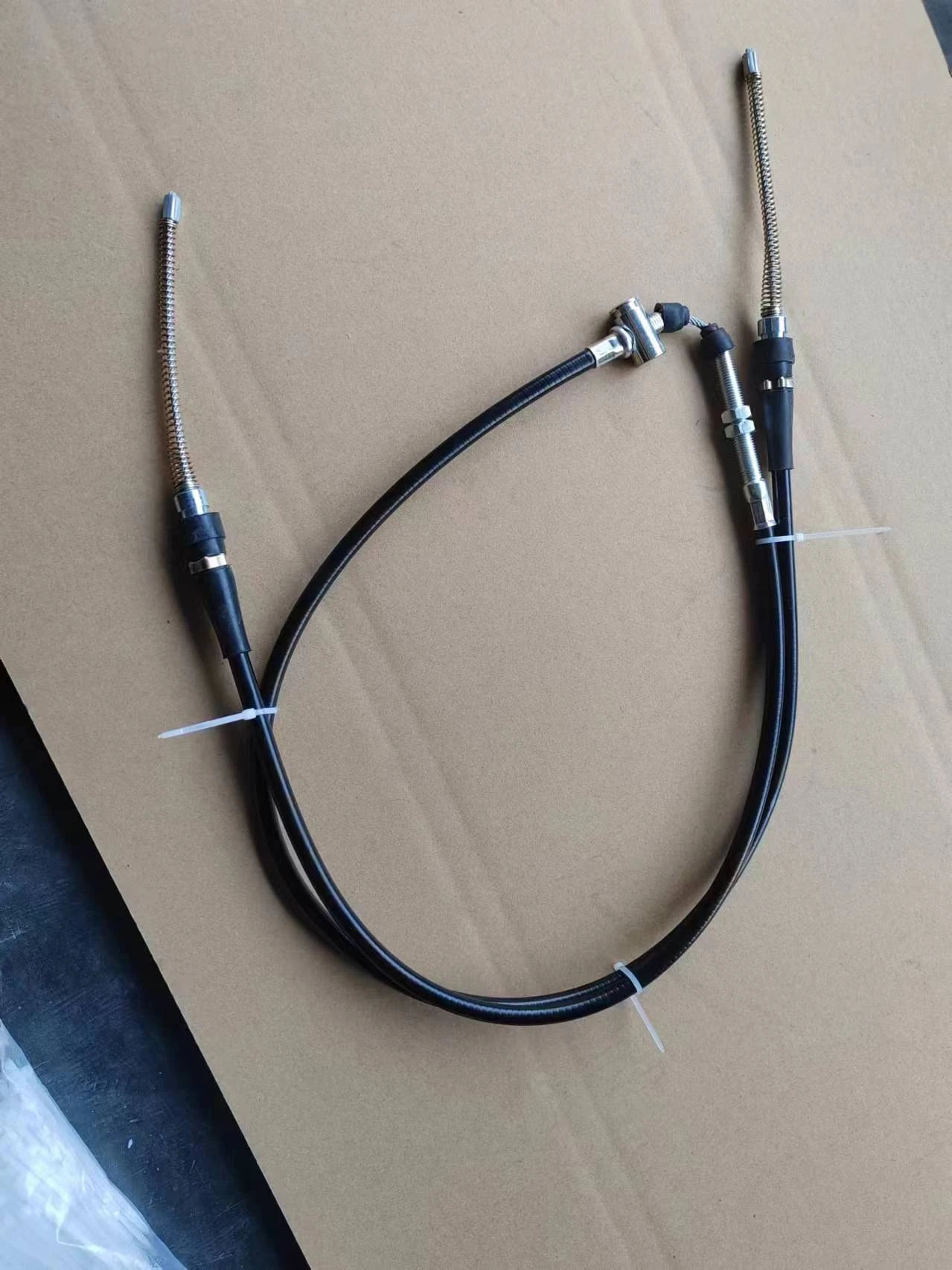Understanding the Mechanism and Functionality of Cable Hand Brakes in Vehicles
Understanding Cable Hand Brakes A Comprehensive Guide
Cable hand brakes are an essential component in various vehicles, particularly in bicycles, motorcycles, and some automotive applications. Unlike hydraulic brakes that use fluid pressure to operate, cable hand brakes rely on a mechanical system of cables and levers. This simplicity offers several advantages, including ease of maintenance, reduced weight, and increased reliability in certain contexts. In this article, we will explore the mechanism of cable hand brakes, their advantages, common applications, and tips for maintenance.
Mechanism of Cable Hand Brakes
At its core, a cable hand brake operates through the manipulation of a cable system connected to a lever. When the rider pulls the lever, it creates tension on the cable, which in turn, pulls the brake pads against the rotor or rim, generating friction to slow down or stop the vehicle. This mechanical advantage is crucial for effective braking in various conditions.
The primary components of a cable hand brake include the lever, cable, housing, and the brake mechanism itself. The lever, usually mounted on the handlebars or grip, is designed to provide sufficient leverage with minimal effort. The cable runs through a housing that protects it from the elements and friction, ensuring smooth operation. Lastly, the brake mechanism, which can vary depending on the type of vehicle, receives the cable's pull and converts it into braking force.
Advantages of Cable Hand Brakes
One of the main benefits of cable hand brakes is their simplicity. The mechanical system is generally straightforward, making them easy to repair or replace if necessary. Unlike hydraulic systems, which require specialized knowledge and equipment, most cable brakes can be adjusted or fixed with basic tools.
Another advantage is their weight. Cable hand brakes tend to be lighter than hydraulic systems, which can be beneficial for performance-oriented vehicles, such as racing bikes or lightweight motorcycles. This weight reduction can contribute to better handling and acceleration.
Additionally, cable hand brakes provide consistent performance across various environmental conditions
. In conditions where hydraulic systems might fail due to fluid leaks or air bubbles, cable brakes can continue to operate effectively, as they are less susceptible to these issues.Common Applications
Cable hand brakes are most commonly found in bicycles, particularly in mountain bikes and road bikes. They are favored by many cyclists for their direct feel and ease of maintenance. In mountain biking, where stopping power and control are critical, cable brakes provide a reliable solution without the added complexity of hydraulic systems.
cable hand brake

In motorcycles, cable brakes can also be seen, especially in older models or in specific off-road applications. Riders often appreciate the tactile feedback provided by cable brakes, which can enhance the overall riding experience.
While less common in modern cars, some vehicles, particularly older models or specialty applications, may still use cable hand brakes. In these cases, they often serve as emergency brakes, allowing drivers to maintain vehicle control in case of primary brake failure.
Maintenance Tips
Maintaining a cable hand brake is relatively straightforward but essential for ensuring optimal performance. Here are a few tips to keep your brakes in top condition
1. Regular Inspection Regularly check the cable for frays or signs of wear. Replace any damaged cables immediately to prevent brake failure.
2. Adjust Tension Over time, cables can stretch, leading to decreased braking performance. Adjust the tension using the barrel adjuster on the lever or at the brake mechanism to ensure the brakes respond accurately.
3. Lubrication Apply lubricant to the cable periodically, especially if you notice any sticking or resistance in operation. This will help maintain smooth movement and extend the cable's lifespan.
4. Cleanliness Keep the brake pads and surfaces clean from dirt and debris. Contaminants can reduce braking effectiveness and lead to uneven wear.
Conclusion
Cable hand brakes offer a reliable, simple, and effective braking solution across various vehicles. Their straightforward mechanism and lightweight design make them a popular choice for cyclists and motorcyclists alike. By understanding their operation, benefits, and maintenance needs, users can ensure their cable hand brakes continue to perform effectively for years to come. So next time you go for a ride, take a moment to appreciate the engineering behind this essential component—and ensure it’s in top shape!
-
Workings of Clutch Pipe and Hose SystemsNewsJun.04,2025
-
The Inner Workings of Hand Brake Cable SystemsNewsJun.04,2025
-
The Secrets of Throttle and Accelerator CablesNewsJun.04,2025
-
The Hidden Lifeline of Your Transmission Gear Shift CablesNewsJun.04,2025
-
Demystifying Gear Cables and Shift LinkagesNewsJun.04,2025
-
Decoding Clutch Line Systems A Comprehensive GuideNewsJun.04,2025
